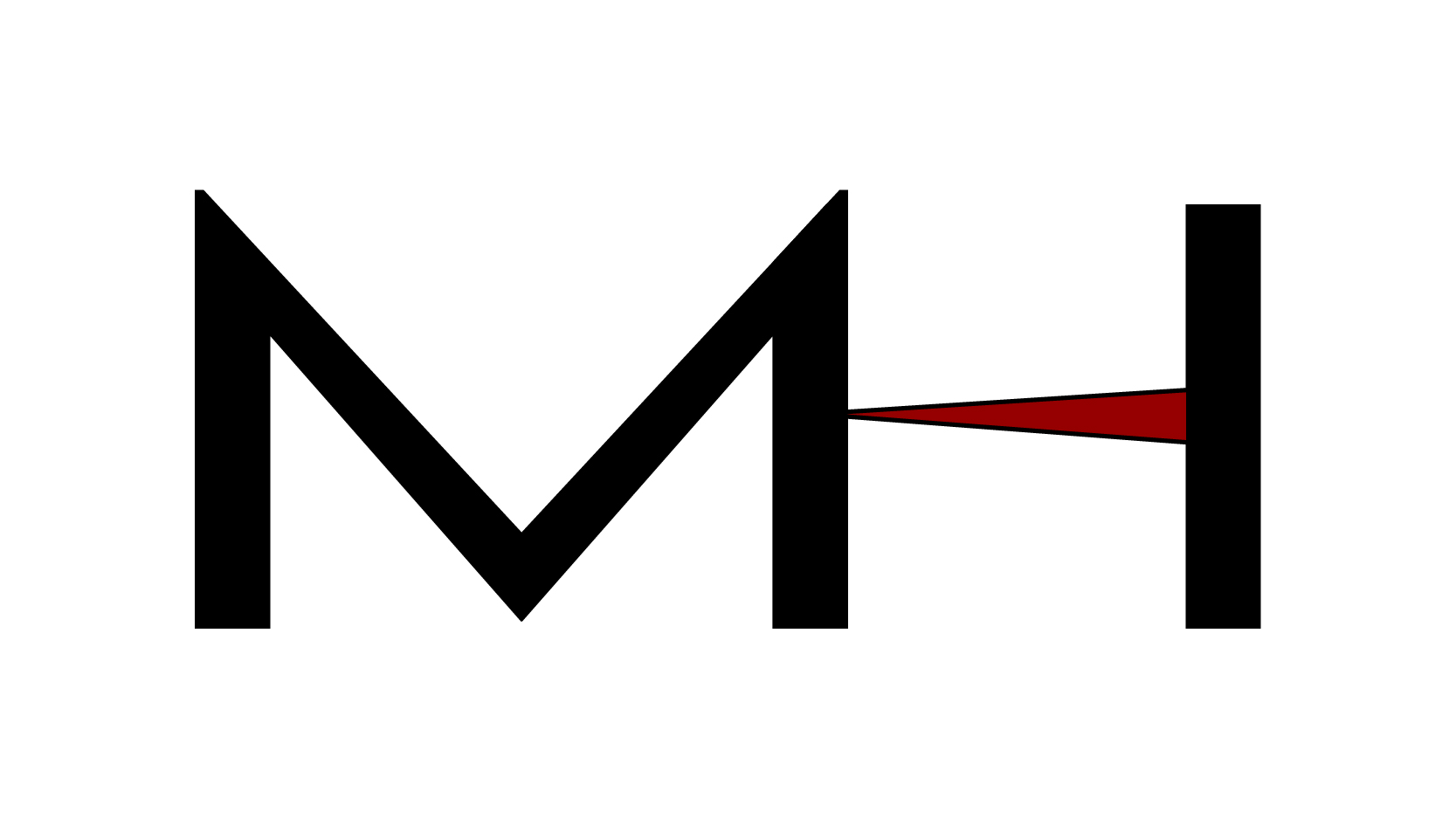- 0 Comments
- BLOG Body Fat / Skin Muscular Tests / Biomarkers
In my last post, anthropometric assessments (body mass index, waist circumference, skinfold measurements, and bioelectrical impedance) were considered as a means of exploring an individual’s nutritional and health status. Although such measures are considered useful, biochemical tests provide another layer of screening designed to provide deeper objective and quantitative findings. Such biomarkers, in conjunction with […]
Read More